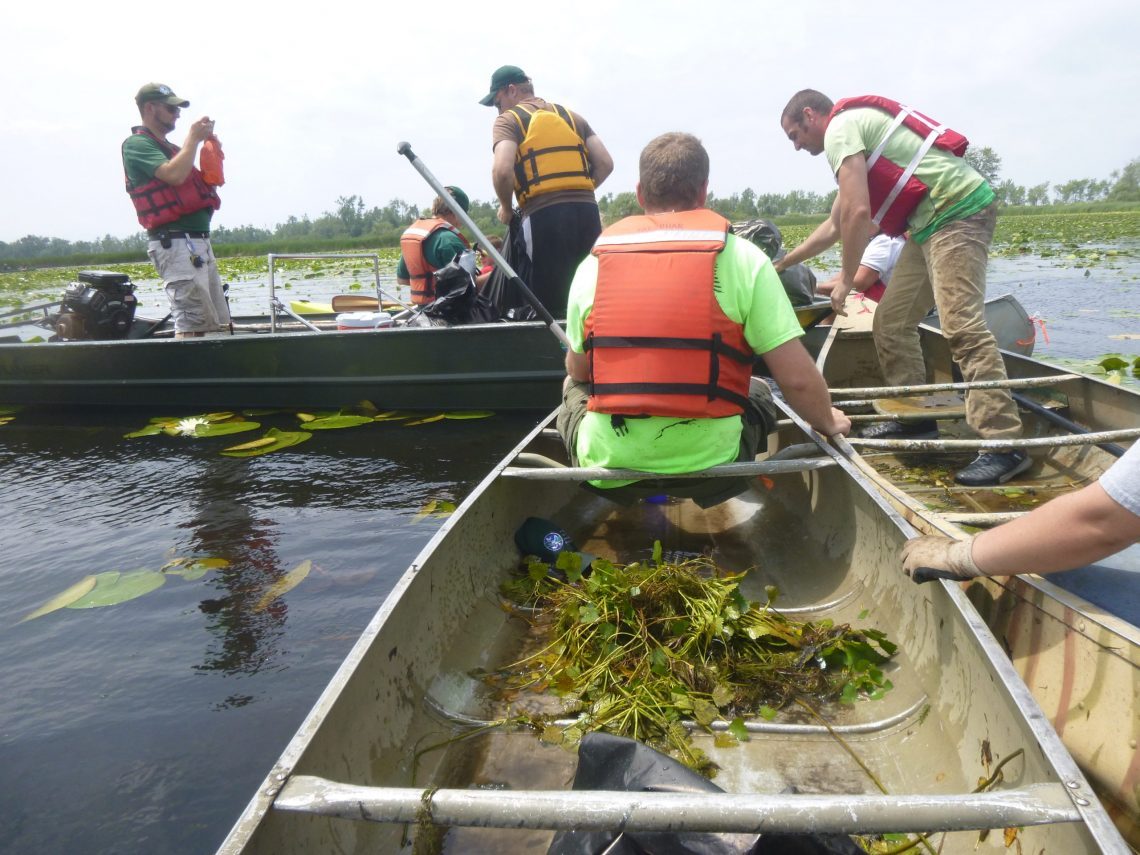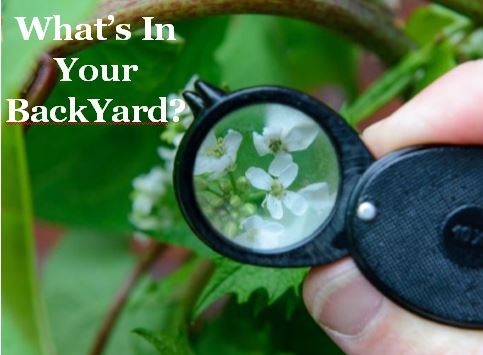Each year, dozens of conservation professionals and volunteers across the state work together to remove thousands of pounds of water chestnut by hand out from New York waterbodies. Learn how to make your efforts count by reporting your water chestnut pull data to iMapInvasives.
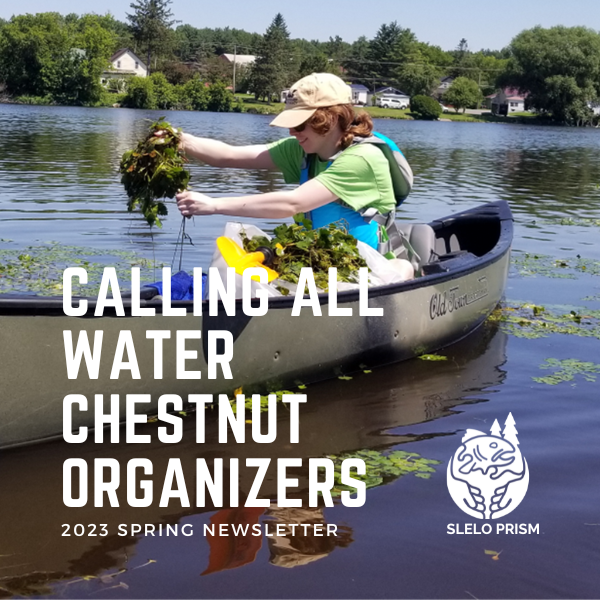
Calling All Water Chestnut Organizers
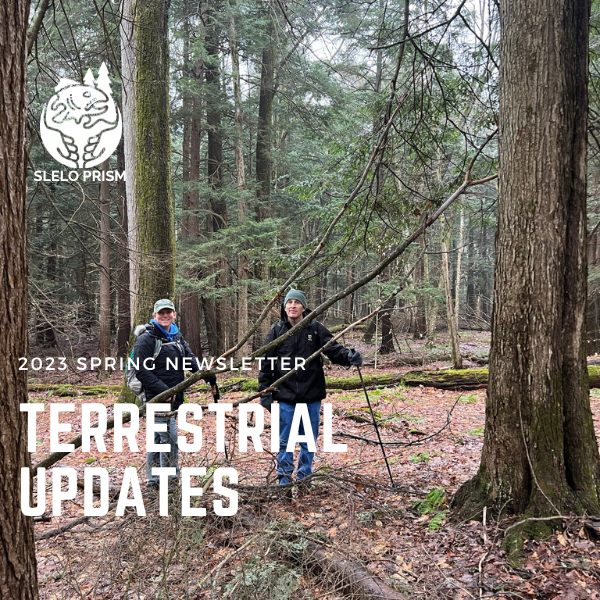
Terrestrial Updates: Spring 2023
Updates from our Terrestrial Restoration and Resiliency Coordinator, Robert Smith highlighting field season accomplishments, along with upcoming plans for the 2023 field season.
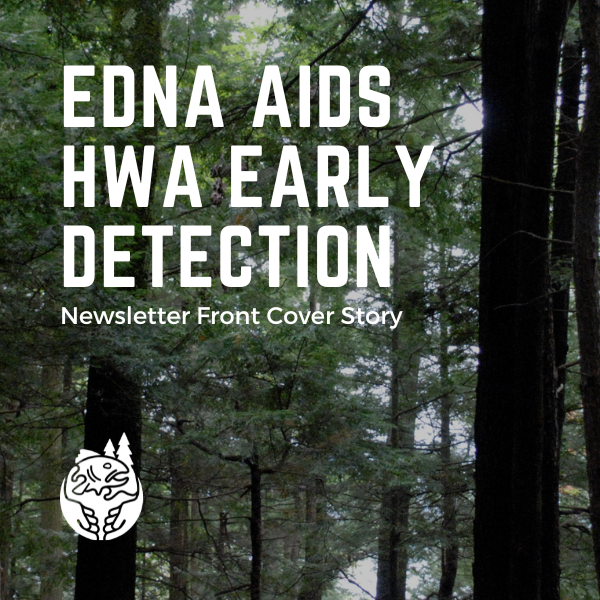
eDNA Aids HWA Early Detection
Research led by the New York State Hemlock Initiative (NYSHI) at Cornell University suggests that eDNA is more sensitive than visual surveys when HWA is at low densities.

About the Cover: 2023 Winter Newsletter
New York’s PRISM network, in collaboration with the NYS DEC, many state agencies, and partners, is in a unique position to lead the way towards preventing and managing invasive species well beyond backyard conservation into largescale connected land and waterscapes.
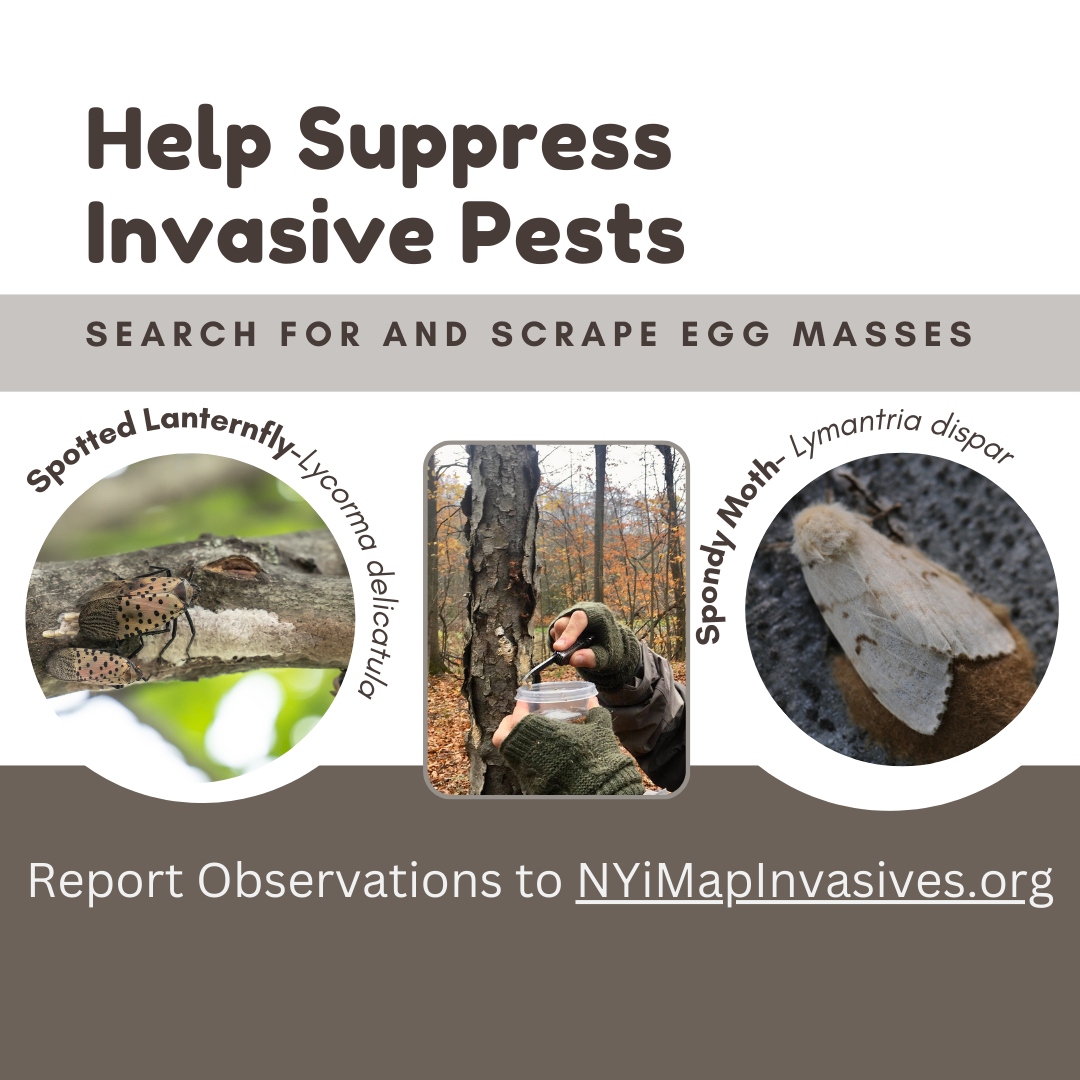
Help Suppress Invasive Pests
The spotted lanternfly and spongy moth are two invasive insects that lay eggs on trees and other flat surfaces. Fall and winter are ideal times to check your trees and backyard for egg masses that could be from these pests. Removing egg masses helps to suppress new populations of these invasive species that would otherwise hatch in the spring.
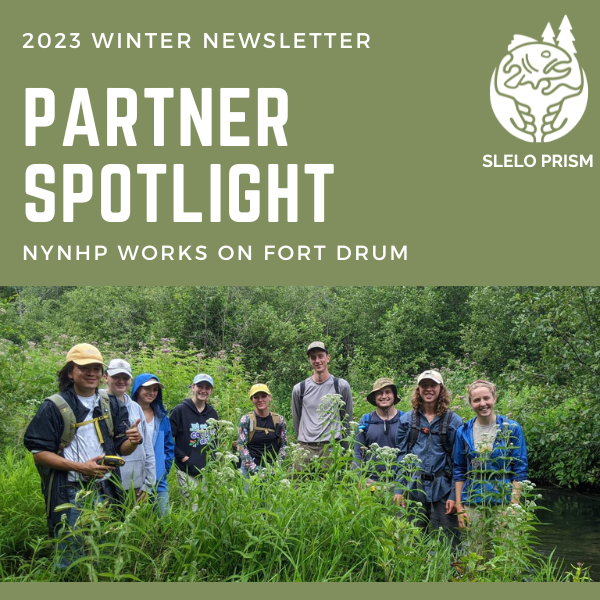
Partner Spotlight: 2023 Winter Newsletter
Fort Drum has teamed up with the New York Natural Heritage Program (NYNHP) to perform a survey of invasive plant species on the installation.
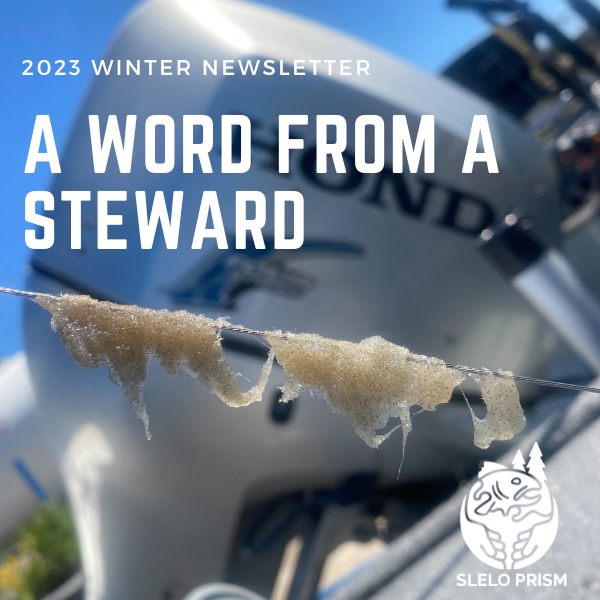
A Word From a Steward
A watercraft inspection steward shares how anglers can help prevent the spread of aquatic invasive species.

New Oneida Lake Management Plan Includes Invasive Species
Oneida Lake faces an ongoing and ever-evolving threat in the form of aquatic invasive species. The Oneida Lake Watershed Nine Element (9E) Plan, which kicked off in summer 2022, will build on past planning, state-of-the-art digital modeling, and community input to develop a strategy to address water quality concerns, including invasive species in and around Oneida Lake.
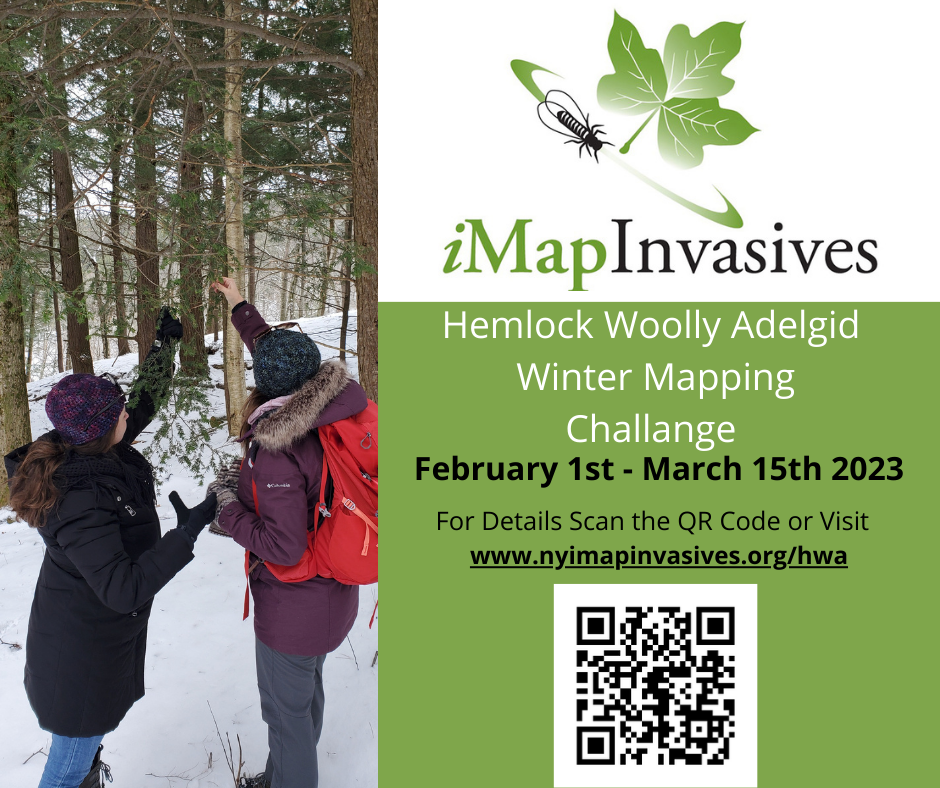
HWA Winter Mapping Challenge
From Feb 1st – March 15th, the NY Natural Heritage Program is hosting the 2nd Annual HWA Winter Mapping Challenge in partnership with the NYS Hemlock Initiative.
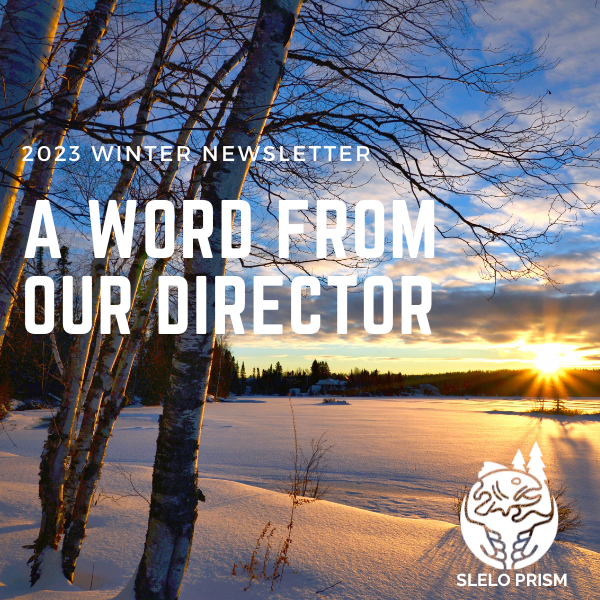
A Word From Our Director: 2023 Winter Newsletter
Natural climate solutions are essential to New York’s climate mitigation goals. Reducing the threat from invasive species is an important strategy for maintaining the carbon sequestration potential of New York’s forests.
